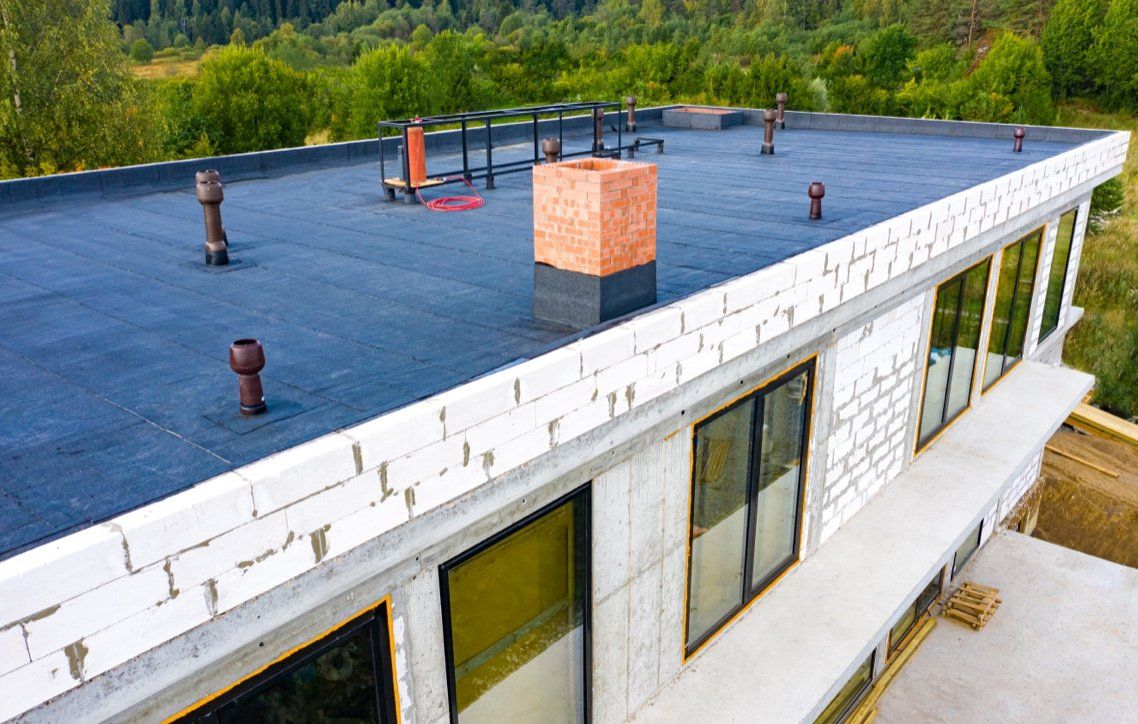Your roof color isn’t just for curb appeal—it has practical implications for your home’s energy efficiency and comfort. Here’s how to choose the best roof color based on your climate.
The Science of Roof Color and Heat Absorption
Roof color is a major factor in heat absorption. Dark roofs, such as black, absorb heat, increasing the temperature on the roof’s surface and warming your home. White roofs reflect sunlight, keeping your home cooler and easing the load on your air conditioning.
Climate Considerations: When to Go Light or Dark
Choosing the right roof color largely depends on where you live:
- Warm Climates: In hot climates, white or lighter roofs are ideal for reflecting heat, reducing indoor temperatures, and lowering air conditioning costs.
- Cold Weather Areas: In cold climates, darker roofs absorb more sunlight, helping to keep your home warmer and reducing heating costs.
- Moderate Climates: In moderate climates, a neutral or slightly darker shade may be the best option, depending on your insulation and overall energy needs.
Energy Efficiency and the Urban Heat Island Effect
White roofs are particularly useful for combating the urban heat island effect, where cities experience higher temperatures due to the prevalence of dark roofs and surfaces. These roofs help lower city temperatures and reduce overall energy use.
Weathercraft’s Tips for Choosing the Right Roof Color
When deciding on a roof color, consider the following:
- Climate Suitability: Consider your region's typical weather to select the most effective roof color.
- Roof Material Compatibility: Make sure your roofing material works well with the color you choose.
- Home Aesthetic: Choose a color that complements your home’s overall aesthetic.
- Cost-Effectiveness: Weigh the initial cost against future savings on energy bills.
At Weathercraft, we guide homeowners in choosing the ideal roof color and material to suit their needs and budgets.
